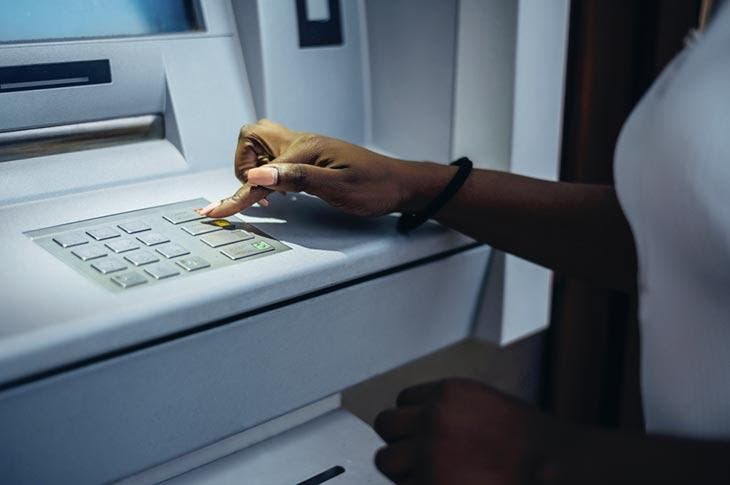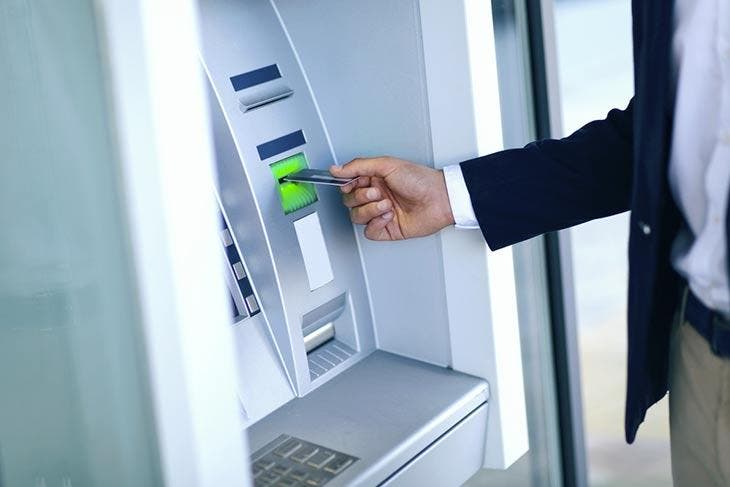As you know, banks require a four-digit PIN code to use the credit card. A combination is automatically assigned to your payment card. You can change it safely, it is even recommended to do so. But, many people use this easy solution. However, the easier the code is to crack, the more you run the risk of being hacked quickly. To maximize the security of your card, in this article, we reveal the series of the riskiest PIN codes!
Credit card: which PIN codes are the most dangerous?

Nick Berry, an employee of the Meta company decided to take a look at the PIN codes of bank cards. He found that there were about 10,000 numbers consisting of four digits. Therefore, the probability that a thief can guess your code is very low. In theory only. Because in practice, many people use codes that are too simple, such as dates of birth. The expert noticed that 20% of the codes hacked by thieves to empty your account started with 19.
It is recommended that you do not use the following codes:
- 1234
- 1111
- 0000
- 1212
- 7777
- 1004
- 2000
- 4444
- 2222
- 6969
- 2580 (the middle string of numbers on the keyboard).
How to choose His credit card code for maximum security?
Although very little used, it is believed that some credit card PINs are the least likely to be guessed by malicious people.
To give you an overview, here are the most secure codes:
- 7063
- 6093
- 6827
- 7394
- 0859
- 8957
- 9480
- 6793
- 8398
- 0738
- 7637
- 6835
- 9629
- 8093
- 8068
N.B : it goes without saying, under no circumstances should you write down your PIN code in a place easily accessible to thieves, or even communicate it to anyone.
The security code is usually a 3- or 4-digit number, which is not part of the credit card number. This secret code is normally printed on the back of a credit card (in the signature field).

Debit card fraud occurs when a criminal gains access to the card number, and in some cases, the personal identification number you use at the ATM.
Some signals can be revealing:
You notice small unexplained fees on your account
As soon as a thief gains access to your credit card, they will make small, negligible charges that won’t set off red flags, says Robert Siciliano, a security analyst in Boston. “This could include a few euros. If the card still works, as long as it is not blocked, the thief will pass at increasingly large fees very quickly. That is why it is urgent to oppose as soon as possible!
You see payments made far from your area
Generally, the payments you make are made in the area where you live. But, if you take a look at your bank statement and notice unjustified payments outside this area, then you are probably a victim of theft. As soon as you suspect fraud on your credit card account, you should immediately contact your bank by calling the number on the back of the card. While waiting to speak to a service representative, check online or via the bank’s mobile app to see if you have a way to lock access to your card directly.
Confidential code: is it dangerous to give your cryptogram?
The cryptogram on your credit card is a 3-digit authentication code on the back of the card (to the right of your signature). It is usually used to authenticate the card when making an online purchase. It is generated by the card for transactions requiring online authorization, ensuring that the chip and issuer of thewe are not counterfeits. Never disclose it to anyone!
Credit card code error: why is my transaction declined?
Some transactions can fail for several reasons. First of all, it is always safer to contact your bank to understand where the block or refusal comes from, to make sure that you are not a victim of fraud.
Here are two situations in which your card may be declined:
You have reached your credit limit
During a purchase, if you have already reached the credit limit of your credit card, the refusal is justified. Therefore, it is important to identify this limit precisely so as not to exceed the authorized amount and not be caught off guard when you are at the checkout of a store or when making an online purchase. If you regularly find yourself near the limit, contact your bank to try to increase this amount or to benefit from a substantial overdraft.
Incorrect payment information
When shopping online on the internet or via a mobile app, it’s not uncommon to unintentionally get the numbers wrong when typing. Whether it’s entering your credit card number, expiration date or security passcode, it can happen to slip an incorrect number by mistake. In this case, you must repeat the operation for correct handling. Maybe your billing address is out of date or the credit card itself has expired. As you can see, there are various reasons why a transaction is refused. Sometimes it is enough to meticulously check your card information to make sure everything is in order.





